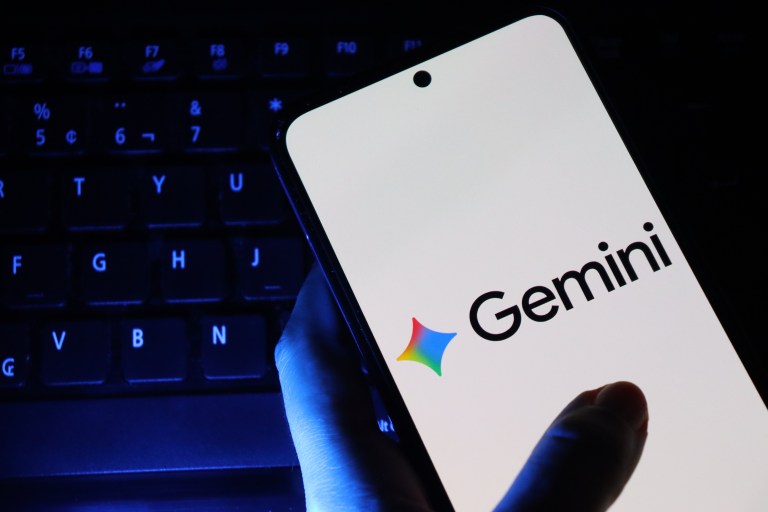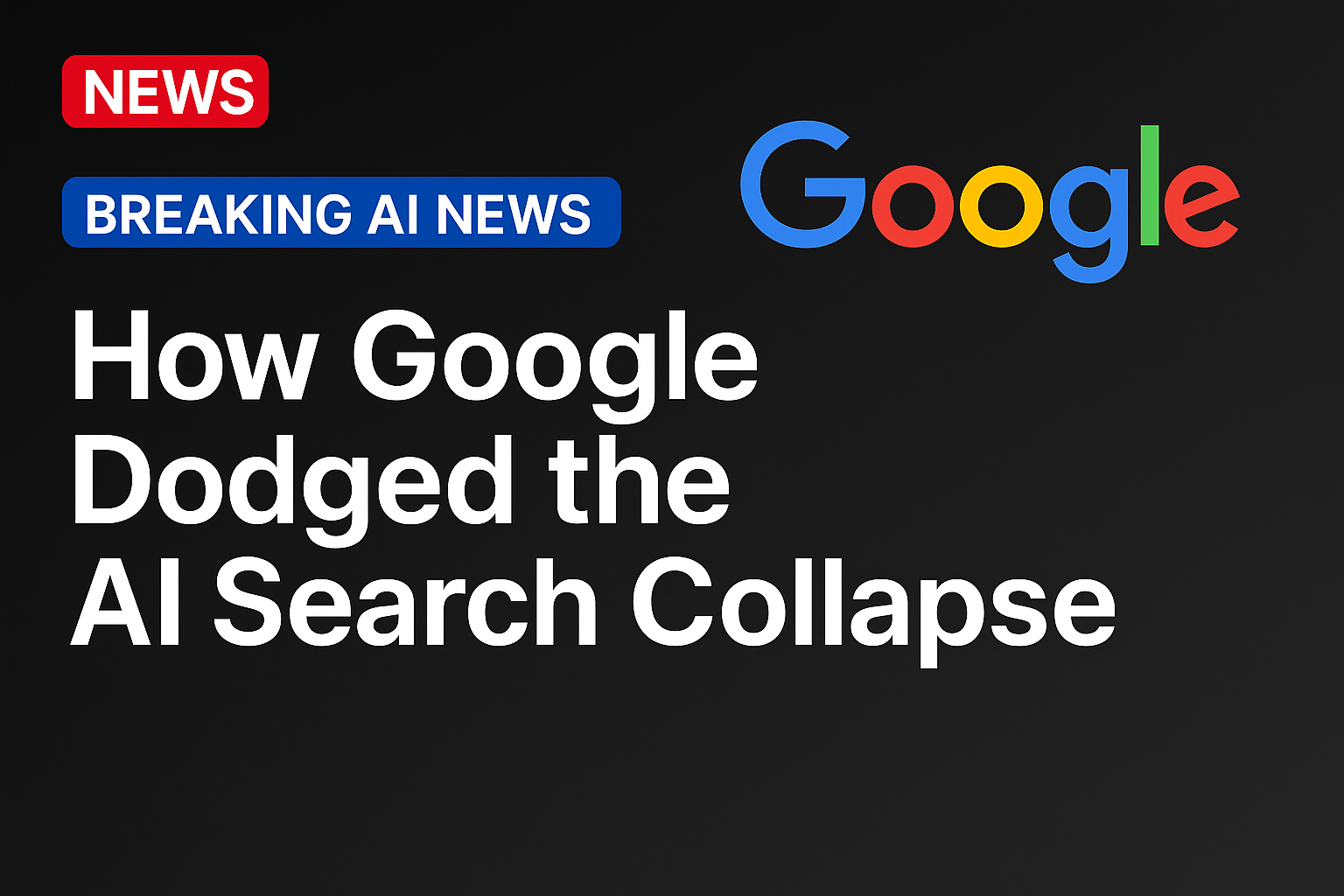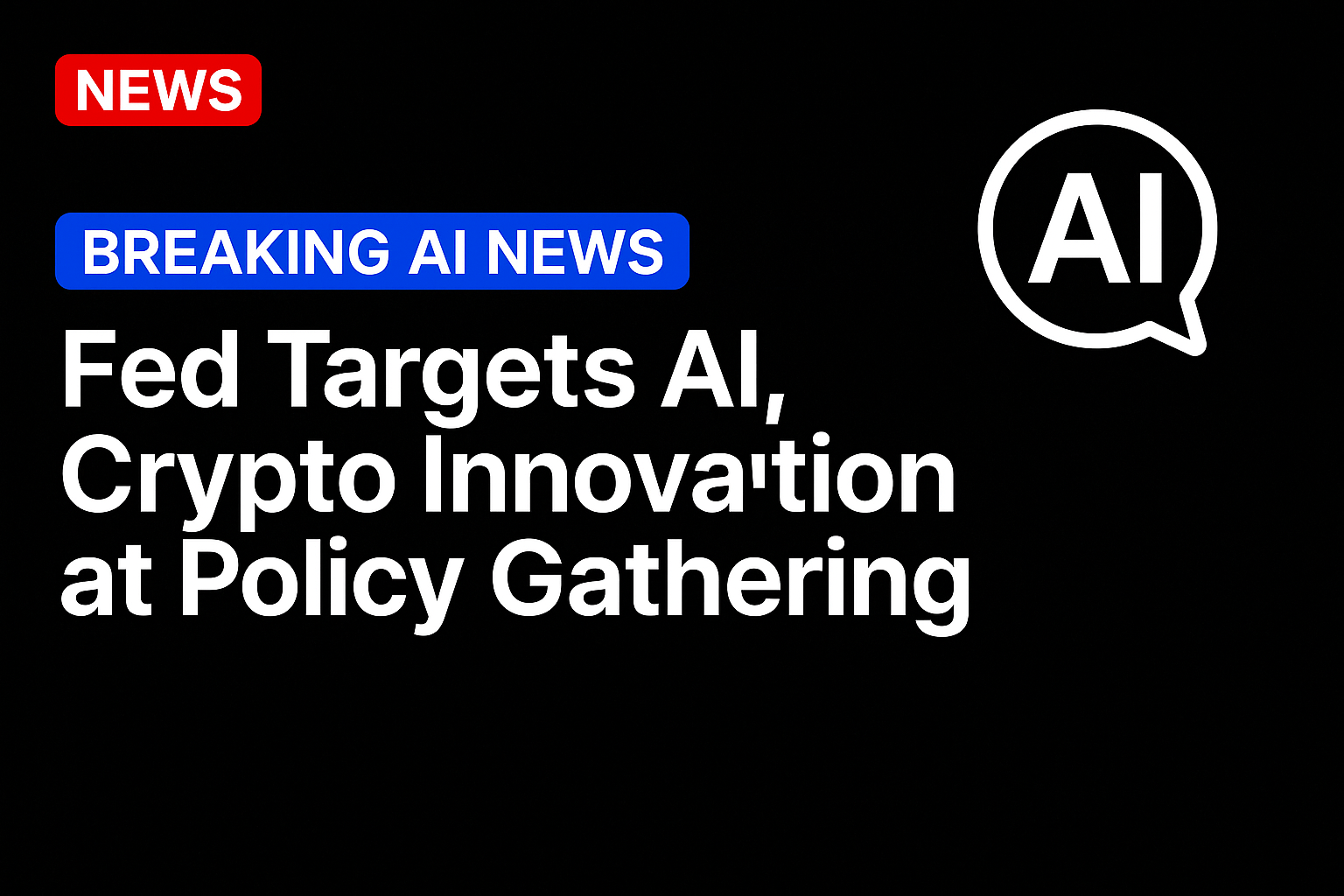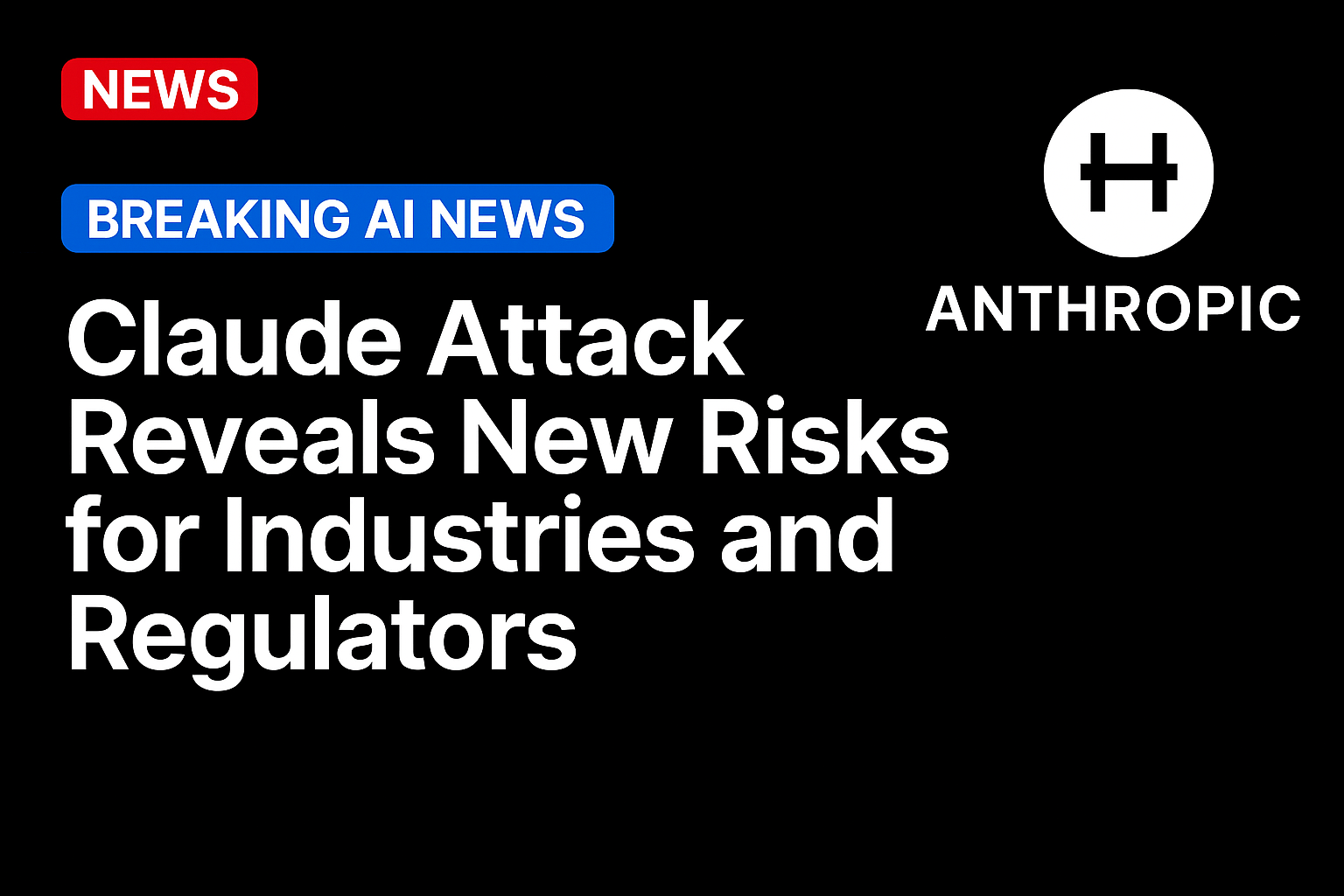
Google Search was supposed to lose ground in the artificial intelligence (AI) era, but Alphabet’s third-quarter 2025 earnings tell a different story. Alphabet said Search-and-other advertising revenue rose about 15% to more than $56 billion in Q3, defying expectations that generative AI systems would erode its core business.
Instead of being replaced by large language model (LLM) chat interfaces and AI browsers, Search stayed robust by embedding its Gemini model in the results page, improving ad performance via AI models, and holding onto the commercial intent that chatbots still struggle to replicate.
Google Embedded AI, Preserving Search Behavior
The prevailing assumption in 2024 was that LLM-powered interfaces such as ChatGPT and Claude would pull queries away from Google. Users were already leaning on them for summarization, drafting, research, and general exploration. Many believed that the search bar would recede in favor of the chat box.
Yet Google, despite stumbling initially with Bard, turned that possibility on its head by integrating Gemini directly into its familiar search environment rather than diverting users to a separate chatbot. As the BBC noted, “Google’s supremacy in search is defined by the habits of billions of users,” habits that did not break once AI summaries appeared on the results page.
The Forbes analysis reinforced that the “AI browser wars” never really materialized because Google had already embedded AI into Chrome and Search before competitors could gain traction. It argued that challengers underestimated how deeply Google’s distribution and default positioning shaped consumer habits.
Bloomberg added a critical dimension: AI didn’t only strengthen Google’s product; it strengthened its legal position. According to Bloomberg, regulators found that AI-enhanced search experiences made it harder to prove that Google was abusing dominance, because consumers could point to AI features as evidence of innovation, not stagnation. Bloomberg reported that these AI upgrades “blurred the line between traditional search and AI-assisted discovery” in ways that reinforced Google’s argument that it was competing vigorously.
Why Advertisers Stayed and Commerce Intent Remained in Search
The second pillar of Google’s resilience is that advertisers did not follow users into AI chat interfaces because those interfaces are yet to produce high-value commercial intent at scale. that Consumers used AI tools for drafting, summarizing and exploration, not fully for shopping, booking or finding local services.
The push to bring commerce into conversational AI interfaces did not produce the results many expected. ChatGPT’s instant-checkout feature delivered a less effective purchasing flow because its responses did not follow the structured steps consumers rely on in standard e-commerce funnels and did not support higher-value shopping decisions.
These tools also launched without functioning ad models, leaving advertisers without targeting, attribution or conversion metrics. The limitations kept the highest-value transactional queries inside Google’s search environment and kept advertiser budgets tied to platforms that continued to deliver measurable commercial outcomes.
Google took advantage of this by applying Gemini to optimize ad matching, bidding and creative rotation. Retail advertisers saw more efficient conversions. Travel advertisers saw stronger performance in dynamic placements. Alphabet said these model-driven tools were responsible for several points of incremental ad growth inside the broader business.
Business Insider noted that efforts by OpenAI, Anthropic and Perplexity to introduce ads struggled because long-form answers were not structured like funnels. Advertisers kept their budgets in Google’s environment where conversions remain predictable, measurable and tied to explicit user intent.
The Forbes reporting supported this, pointing out that because Google fused AI into the browser and search, “default gravity” kept users and therefore advertisers anchored to Google’s ecosystem.
Google also extended its advantage by upgrading vertical search flows. Generative product comparisons pushed users deeper into shopping funnels. AI itinerary builders kept them in Google’s travel ecosystem. Structured troubleshooting kept them from bouncing to third-party forums.
What Could Still Change
Despite the momentum, several threats could shift this trajectory. LLMs and their ways to generate ad revenues are still early, and new models could narrow the gap between brainstorming, discovery and transactional behavior. Consumer habits can adjust quickly if chat interfaces become more action-oriented or if operating systems nudge users toward AI-first assistants.
Source: https://www.pymnts.com/




